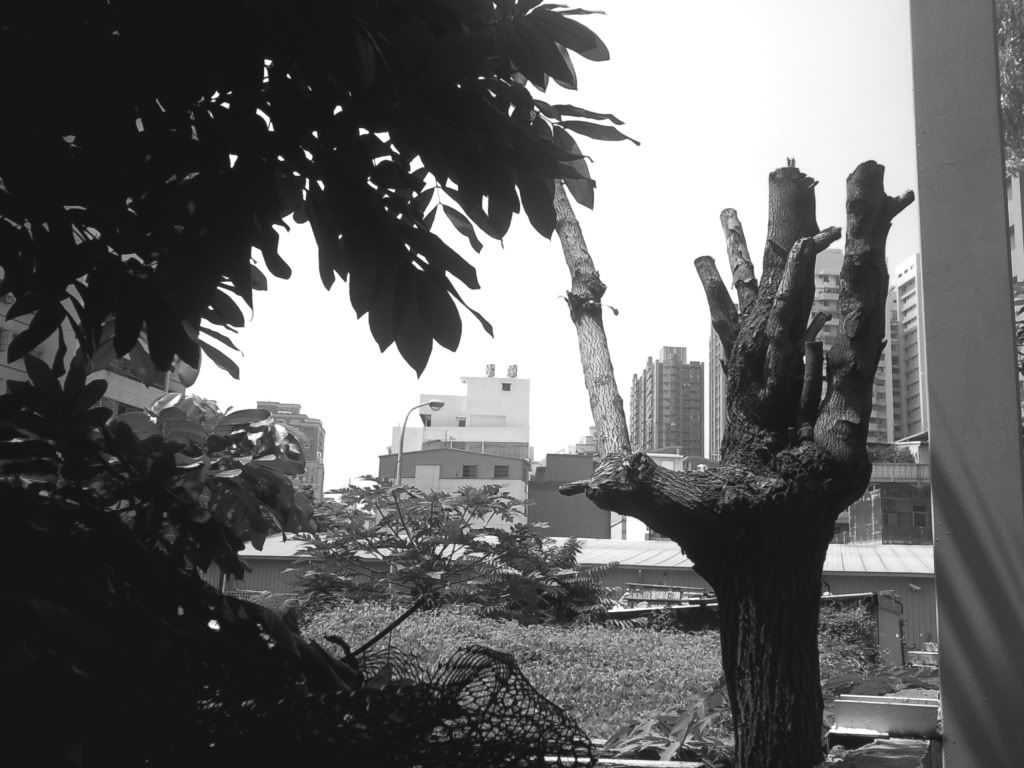I have a new phone with a nice digital camera. It’s 5 megapixels and the review of the camera is generally that it’s a top notch camera as far as phones are concerned. It has face detection, smile detection, auto focus as well as the “anti shake” thing that helps taking decent pictures even if you can’t hold still while shooting(very good for the poor photographer that I am). Oh, and it has a pretty powerful built in flash.
I can’t find anything in the manual that explains all the settings, and the settings I do “somewhat” understand, I’m not quite sure when they should be used or for what type of shot I hope to achieve.
I know that there are a few well versed photographer posting here, and I hope I can get some tips and explanations about some settings. I have a manual for my ancient Sony camera, but the settings are not defined in a way that illiterate photographers like me will understand clearly. The result is I usually set everything on “automatic” in hope that it will work, but I think I’m missing out on taking nicer shots if I knew more about setting the camera. Other people with similar questions are, of course, welcome to ask questions as well. I will number my questions to make it easier to answer.
1- The camera gives me the choice of six “scene” mode: Portrait, Sports, Sunset, Dawn, Beach/Snow, and night shots. Are these modes worth using? I find that a lot of times the pics turn out better if I just have the camera on automatic everything.
2-I have the choice of iso “auto”, 100, 200, or 400. Should I just keep in on automatic or can I get better shots fiddling with that?
[color=#FF0000]3-[/color] I have a setting called “WDR” which can be turned on or off. I have no clue what that is. What is it, and when should I turn it on? The thumbnail for this setting looks like a sun and a moon and some stars or something like that. It’s not clear at all what this setting is for. I’m clueless with this one.
[color=#FF0000]4-[/color]Even more clueless, I have two choice under “exposuremeter.” I can select Matrix or Spot. What the … is that?
5-White balance has 5 settings: auto, daylight, incandescent, fluorescent and cloudy. Should I bother with that or should I leave it on automatic all the time. This question is inline with question number 1 and 2 above. It seems I have so many options to take a single image that pretty much makes me feel clueless as to what to do to get the best out of this camera. Preset or automatic ISO, preset or automatic white balance, scenes, etc. I pretty much gave up trying to figure it out because even if you take the same shot with different settings, once you get home and look at them on the computer screen, you can’t bloody remember what setting you used, and I can’t be bothered to shoot every pictures with several settings in hope to get a better picture. Well, I actually do that sometimes, but it’s not convenient, and again, it’s difficult to remember what setting I used unless I took notes and numbered the images.
That’s it. Pretty simple camera. There are a bunch of other settings that I actually understand and know how to use. Anyone knows what Flash “on” or “off” means. 
Question number 3 and 4 are the questions I would most like to have answered. And any general tips to help me choose the settings better so that I can get better pictures would be awesome.
Thanks in advance,
marboulette





